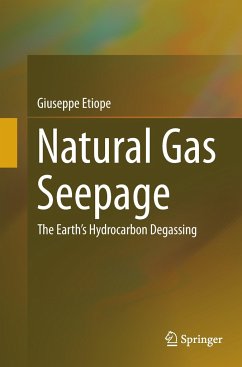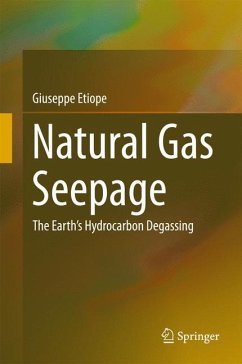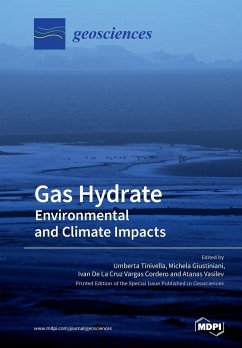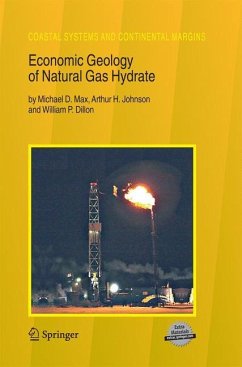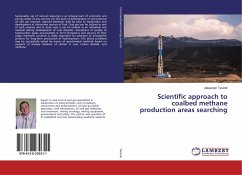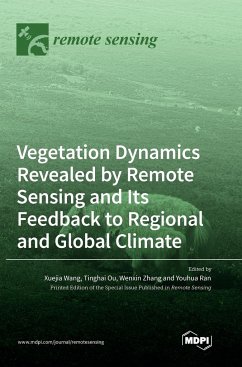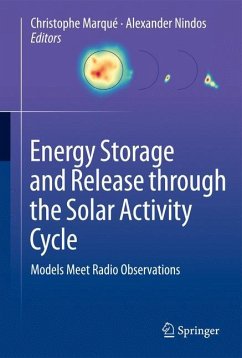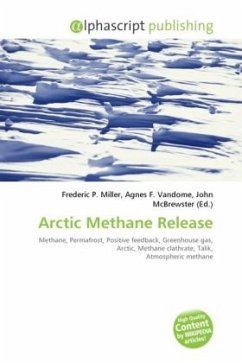
Arctic Methane Release
Versandkostenfrei!
Versandfertig in 6-10 Tagen
23,99 €
inkl. MwSt.

PAYBACK Punkte
12 °P sammeln!
High Quality Content by WIKIPEDIA articles! Arctic methane release is the release of methane from seas and soils in permafrost regions of the Arctic. Whilst a natural process, it is exacerbated by global warming. This results in a positive feedback effect, as methane is itself a greenhouse gas. The Arctic region is one of the many minor natural sources of the greenhouse gas methane. Global warming may accelerate its release, although atmospheric levels have been stable over the past decade. Large quantities of methane are stored in the Arctic in natural gas deposits, permafrost, and as submari...
High Quality Content by WIKIPEDIA articles! Arctic methane release is the release of methane from seas and soils in permafrost regions of the Arctic. Whilst a natural process, it is exacerbated by global warming. This results in a positive feedback effect, as methane is itself a greenhouse gas. The Arctic region is one of the many minor natural sources of the greenhouse gas methane. Global warming may accelerate its release, although atmospheric levels have been stable over the past decade. Large quantities of methane are stored in the Arctic in natural gas deposits, permafrost, and as submarine clathrates. Permafrost and clathrates degrade on warming, thus large releases of methane from these sources may arise as a result of global warming. Other sources of methane include submarine taliks, river transport, ice complex retreat, submarine permafrost and decaying gas hydrate deposits. During interglacials, average atmospheric methane concentrations are nearly twice the lowest values in the depths of glacial. Concentrations in the Arctic atmosphere are higher by 8% than that in the Antarctica atmosphere.



